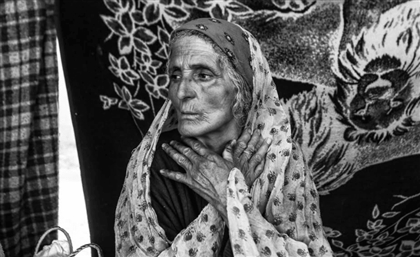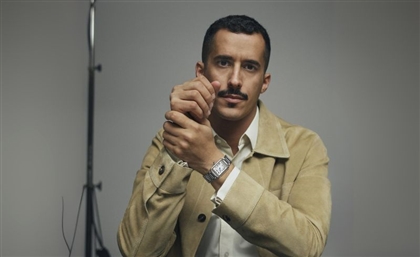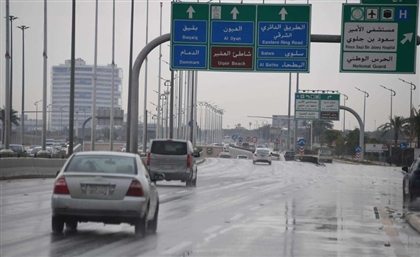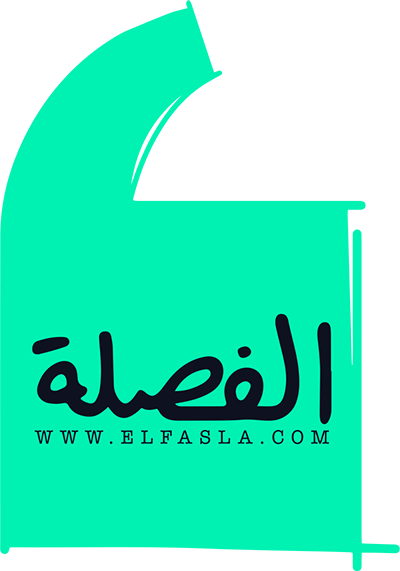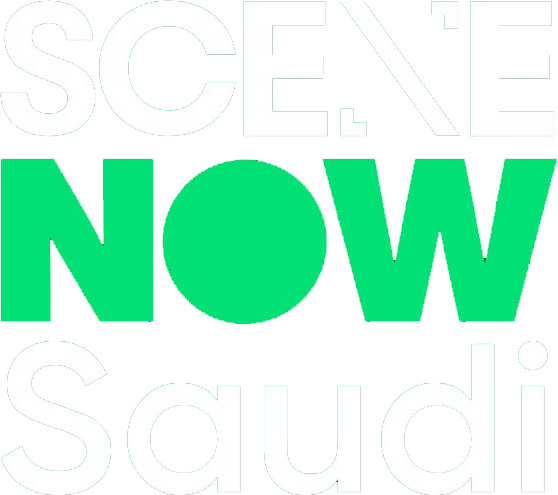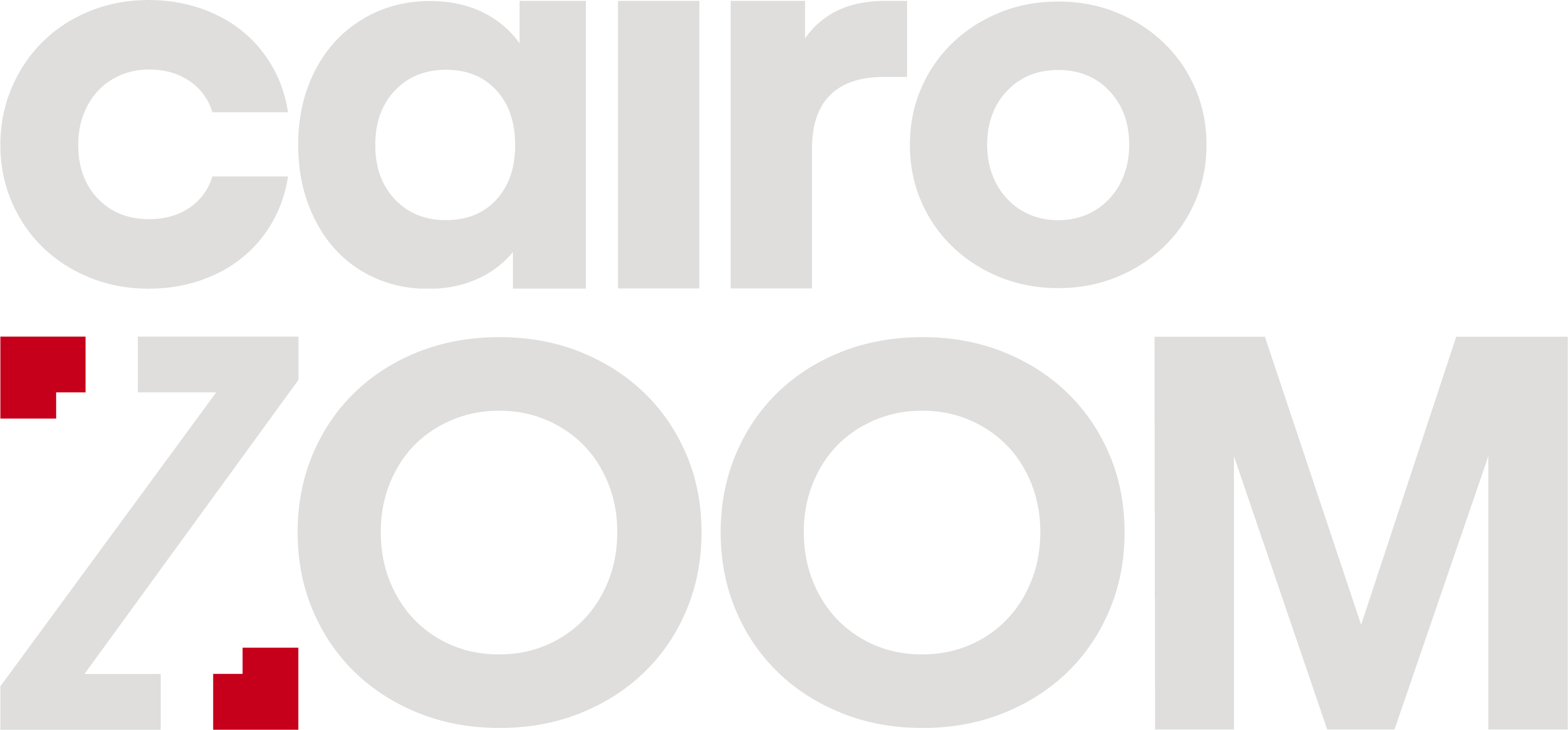10 Arab Photographers Selected for AFAC’s ADPP
The program provides mentorship and funding for 10 Arab documentary photography projects.
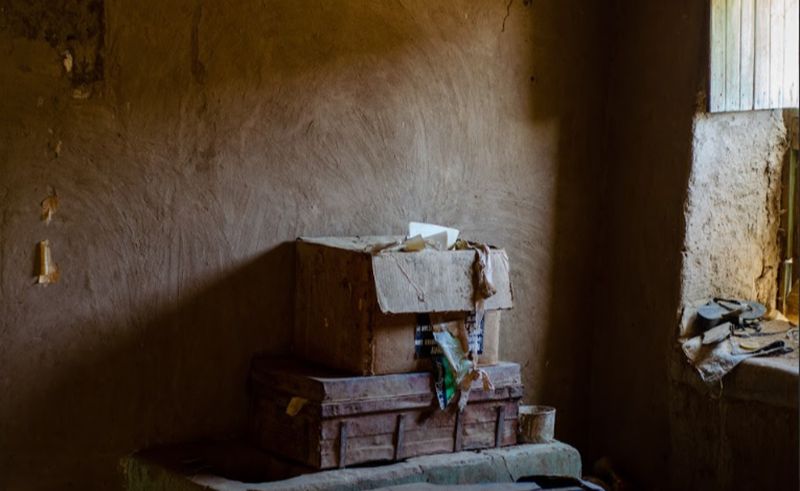
“In search of images lost from sight,” teased the Arab Fund for Arts and Culture (AFAC) on Instagram ahead of the highly anticipated reveal of the latest cohort for the institution’s 11th cycle of the Arab Documentary Photography Program (ADPP). Dedicated to emerging photographers, the program provides mentorship and funding for 10 Arab documentary photography projects.
Spanning Egypt, Palestine, Sudan, Lebanon, Syria, and Jordan, this year’s selected works are deeply personal, political, and long-term in scope. “Drawing on the region's large-scale events in recent years, these projects delve into personal narratives as a way to make sense of history,” AFAC stated.
The ADPP 2025 jury panel includes Egyptian artist, curator, researcher, and photography educator Heba Farid; Palestinian photographer and educator Rula Halawani; and Turkish Magnum Photos member and photographer Sabiha Çimen.
The program is organized in partnership with the Prince Claus Fund and the Magnum Foundation.
Project descriptions via AFAC.
Ahmed Alaqra, Palestine
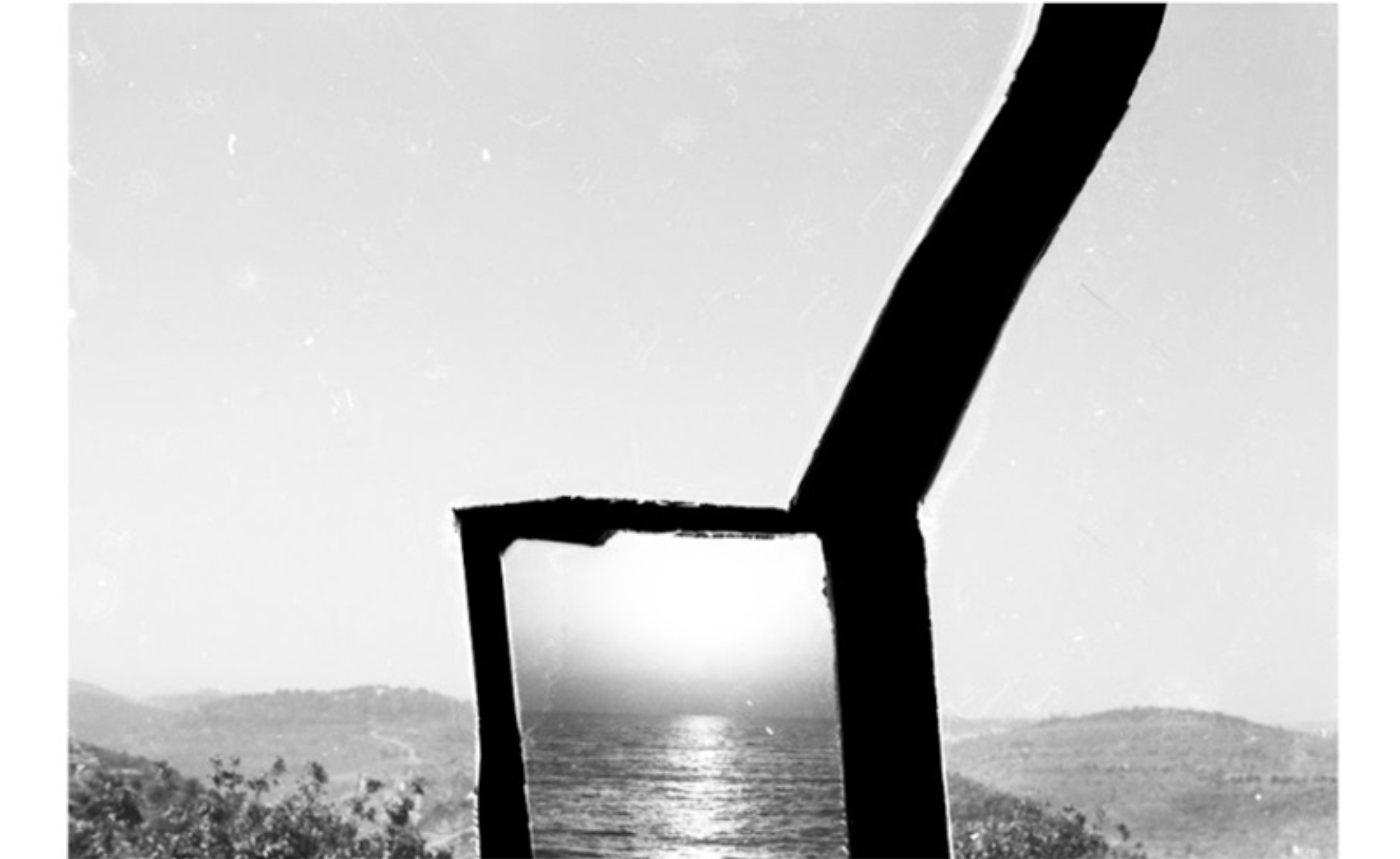
Khalid Alarabi, Sudan
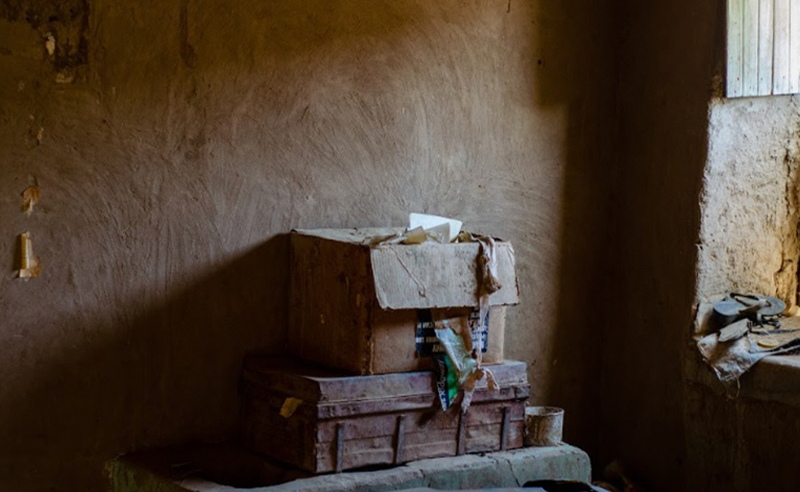
Omar Malas, Syria

Hassan Kamil, Sudan
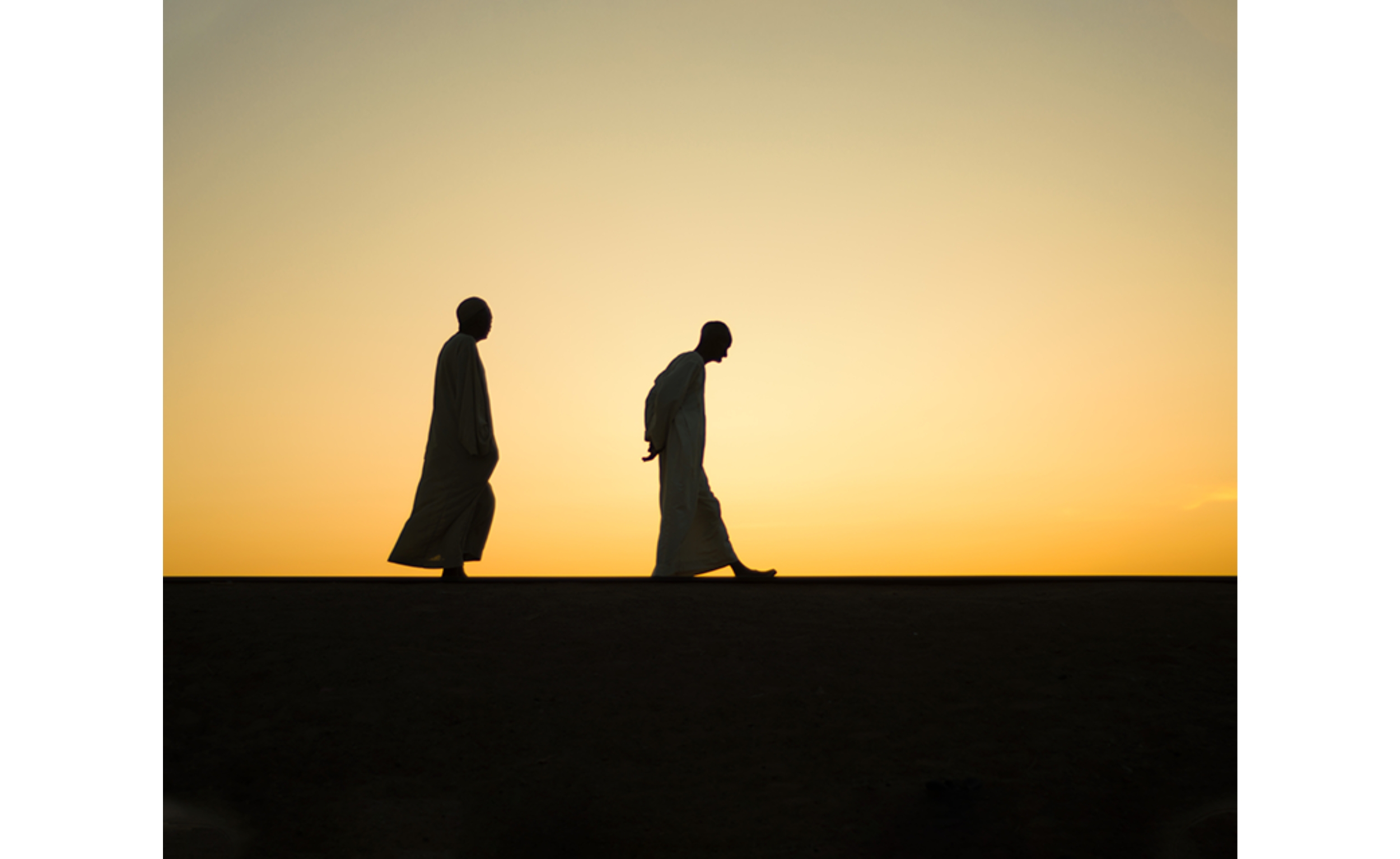
Paul Gorra, Lebanon
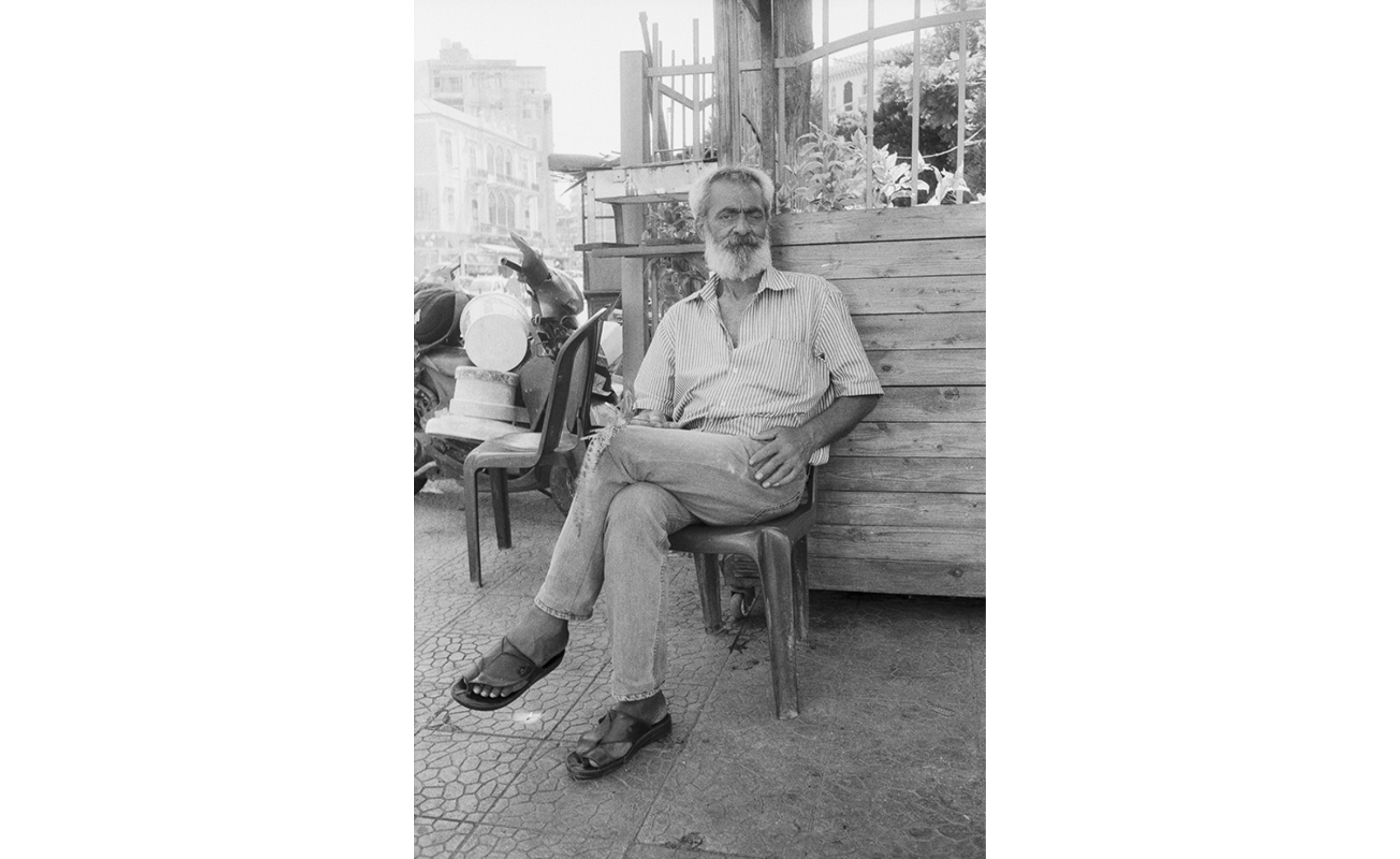
Roba Alfaraouna, Palestine
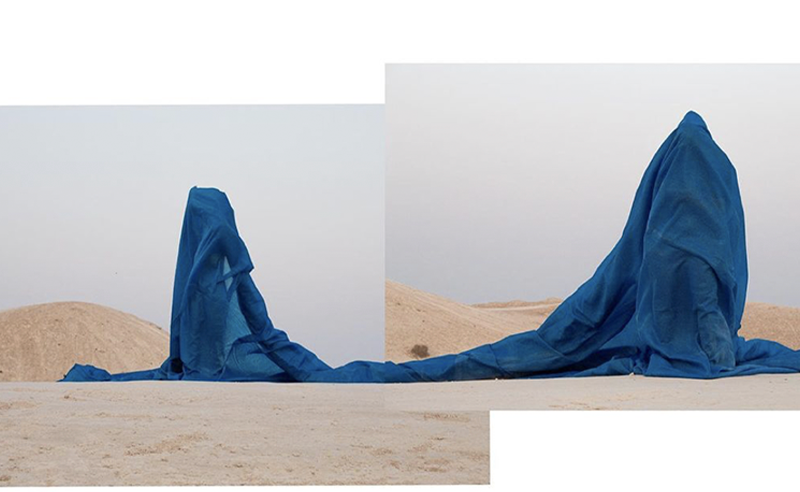
Hashim Nasr, Sudan
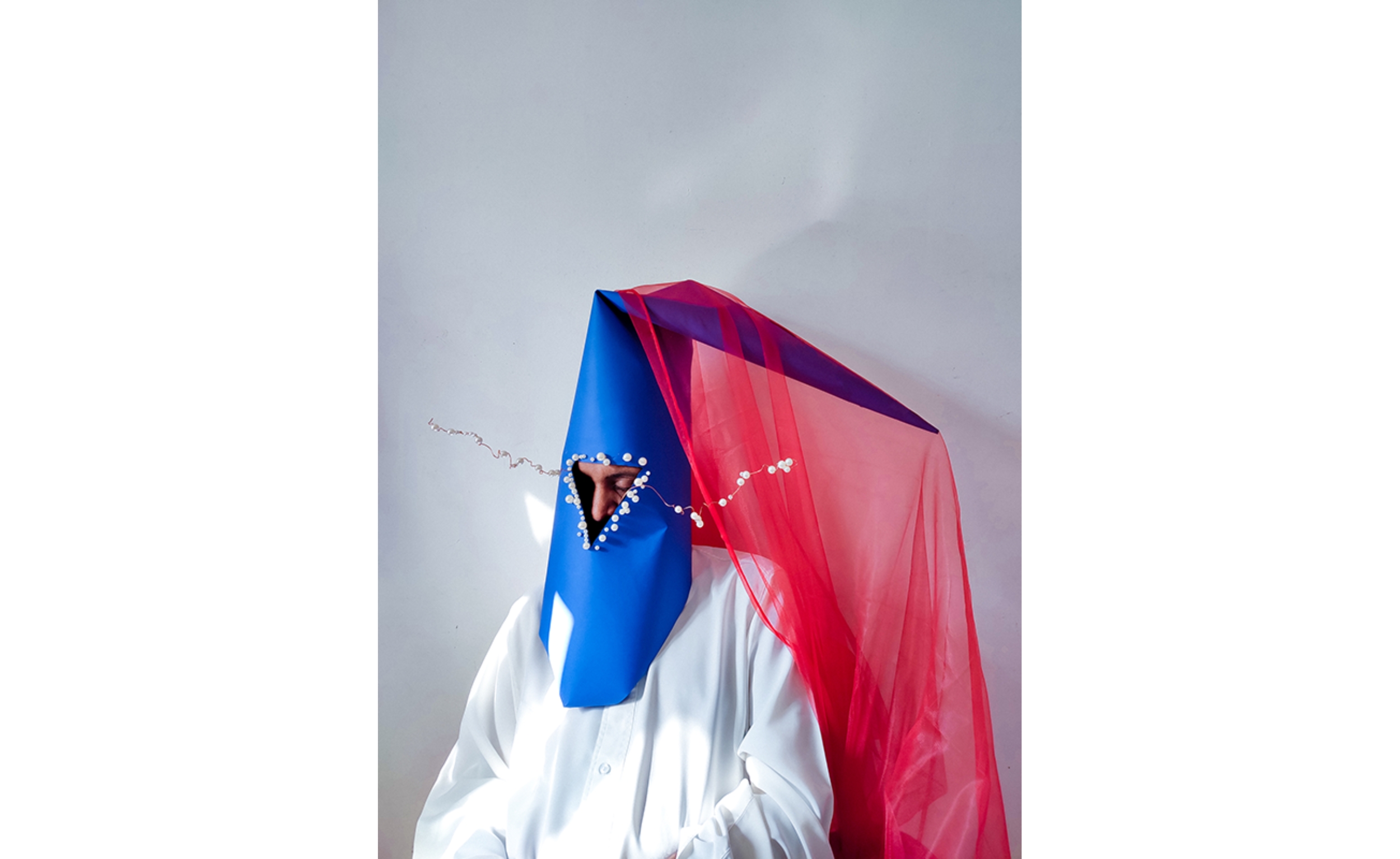
‘On War and Displacement’Hashim's On War and Displacement is a conceptual photography project that examines the emotional toll of the Sudanese conflict that has engulfed the country in violence since April 2023. The project is equal parts surreal and personal in its attempt to find a way to picture the extent of loss and the challenges that come with displacement and attempts to settle.
Rabab Chamseddine, Lebanon
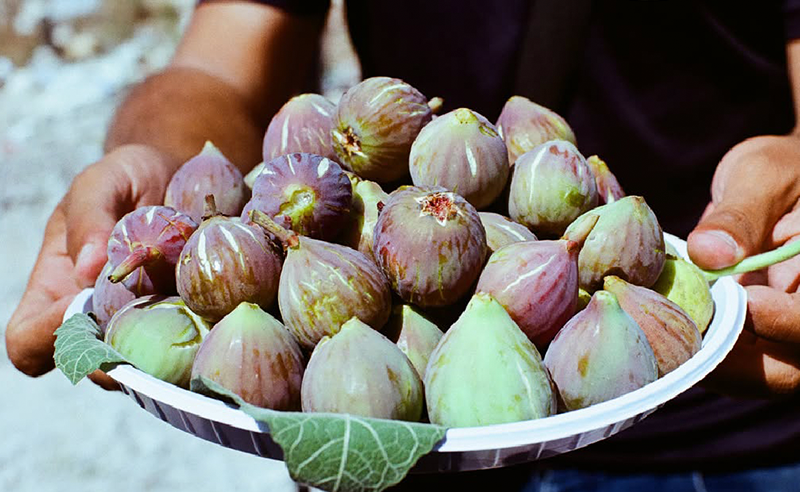
Maryam Al Khasawneh, Jordan

- Previous Article Jordan’s Medaina Festival Announces Lineup for May 21st-26th
- Next Article Six Unexpected Natural Wonders to Explore in Egypt


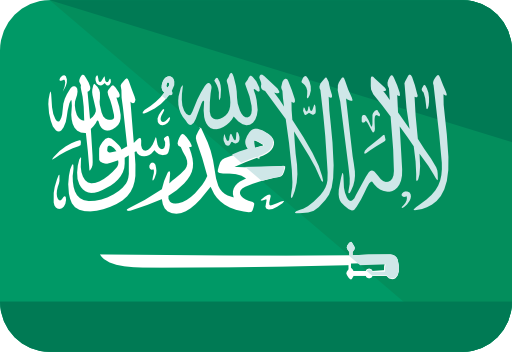
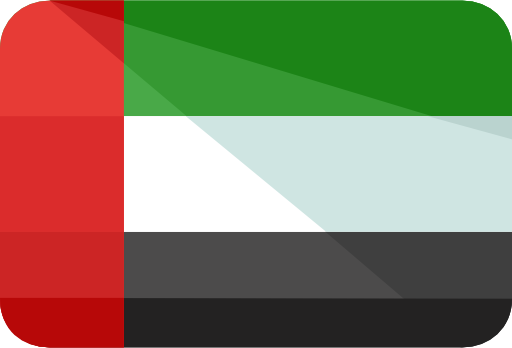



.jpeg)

